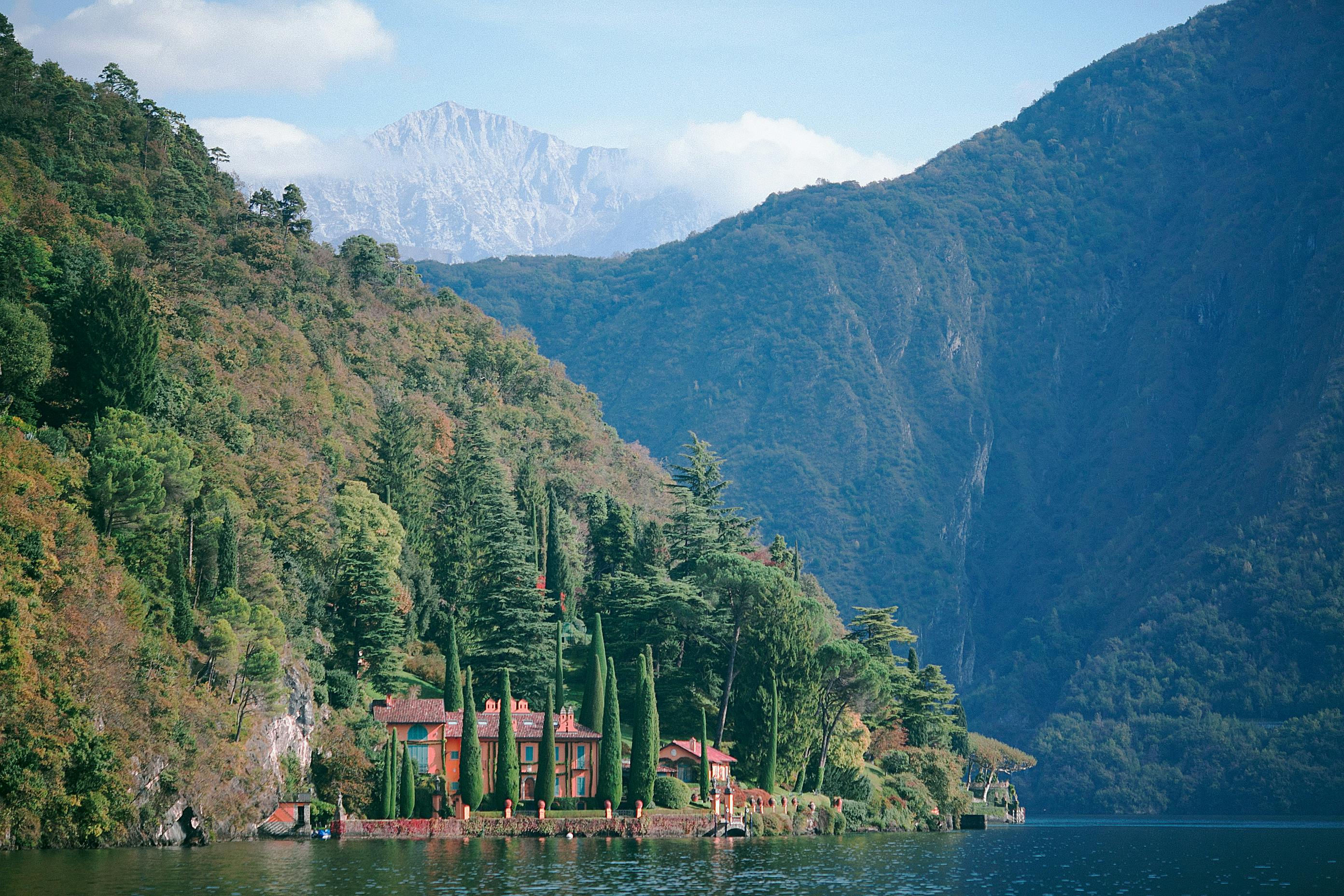Artichokes are a winter vegetable in the Mediterranean diet with a reputation for being healthy. However, here we are more interested in their culinary virtues, their slightly bitter nutty flavor that makes them delicious and special.
Their physical appearance is also special, and at first, artichokes can baffle inexperienced non-Mediterranean home cooks.
To tell the truth, I remember once being put off by the artichokes I saw in a grocery store in Ghent. They seemed completely inedible to me. They were huge and greenish-brown, the leaves all open and hollow to the touch, and as dry as if they had been exposed to the desert sun for weeks. Now you know how an artichoke should not be when you buy it.
You could hardly call those Belgian artichokes flowers. In fact, flowers are what we eat. They are the edible part of the artichoke plant, or more accurately, the unopened flower head of this enigmatic thistle plant.
Let’s clear things up. When shopping for artichokes, choose compact, tight ones. The leaves must be closed, or they are too old and useless to cook any decent Mediterranean artichoke-based dish. A little browning on the outer leaves is not a big deal, but accept just a little. The artichokes shouldn’t feel too light in your hands either; this is another sign that they were harvested too long ago.
Artichokes in the Mediterranean landscape
Artichokes are native to the Mediterranean basin, and each spring their deep blue and purple colors burst forth across Mediterranean fields. Along with wild asparagus and mushrooms, green and purple artichokes are used in a variety of dishes that connect us with a Mediterranean cuisine understood as the landscape in a frying pan, the motto of Catalan cuisine and the motto of my website, as my friends know. readers.
In my homeland, Mediterranean Catalonia, we are very fond of these three plant foods, and we have many traditional dishes that use them. I don’t know about wild mushrooms, but artichokes and asparagus are considered aphrodisiacs, which makes artichokes even more appealing.
Now you can find decent artichokes all winter long, but spring is when they are at their best. In the northern part of the Mediterranean, artichokes are harvested from February to March. In the southern Mediterranean, the harvest lasts longer, starting in December or even November.
Some food ideas with artichokes
Simply boiling them in water with a pinch of salt and a pinch of vinegar is the quickest and easiest method. In this case, do not use an aluminum or iron pot, because they turn an ugly dark color.
You can sauté them, stuff them with rice or shrimp, grill them, and roast them in the oven. For lovers of raw vegetables, the heart leaves of certain varieties of small purple artichokes can be eaten raw in a salad.
A recipe that I find especially delicious is rice with artichokes. Its slightly bitter taste and the sweetness of the rice make a striking contrast. An artichoke omelette is another great culinary idea, and in some coastal and champagne-producing regions south of Barcelona, it often goes with an excellent traditional salad called xato.
Combined with chicken or rabbit, artichokes are also extraordinary. If you like to blacken the rice of your paella, add some artichokes and some broad beans. But roasting artichokes outdoors is second to none in its simplicity. It is an outdoor celebration, one more excuse to “go to the grill” with friends, as they say in the Catalan region that borders the Ebro river, about 200 km south of Barcelona.
Generously season the whole artichokes with extra virgin olive oil and a little salt, and put them on the grill. Traditionally, while busy eating the grilled meat, the artichokes are roasted. Once done, tear off the burnt outer leaves, and eat the tender ones and the delicious heart, where the olive oil has been concentrated.
Here’s another easy artichoke dish suitable for making outdoors: Do your best to get little purple heirloom artichokes, remove some outer leaves, cut artichokes in half lengthwise, drizzle a little extra virgin olive oil, sprinkle a little salt and grill. Toast two slices of country bread, and put the roasted artichokes in the middle. You won’t believe how delicious it is until you try it.
The drawback of artichokes
Sommeliers find artichokes very frustrating. The taste of artichokes is so persistent, and lasts so long in the mouth that they can’t find any wine that goes well with them.
I admit that every time I eat grilled artichokes I commit a sin. I accompany them with a strong red like Priorat or an unpretentious house red, although I know it breaks the laws of winemakers. But that’s what people did before sommeliers talked, so… after all, there are no downsides with artichokes.



